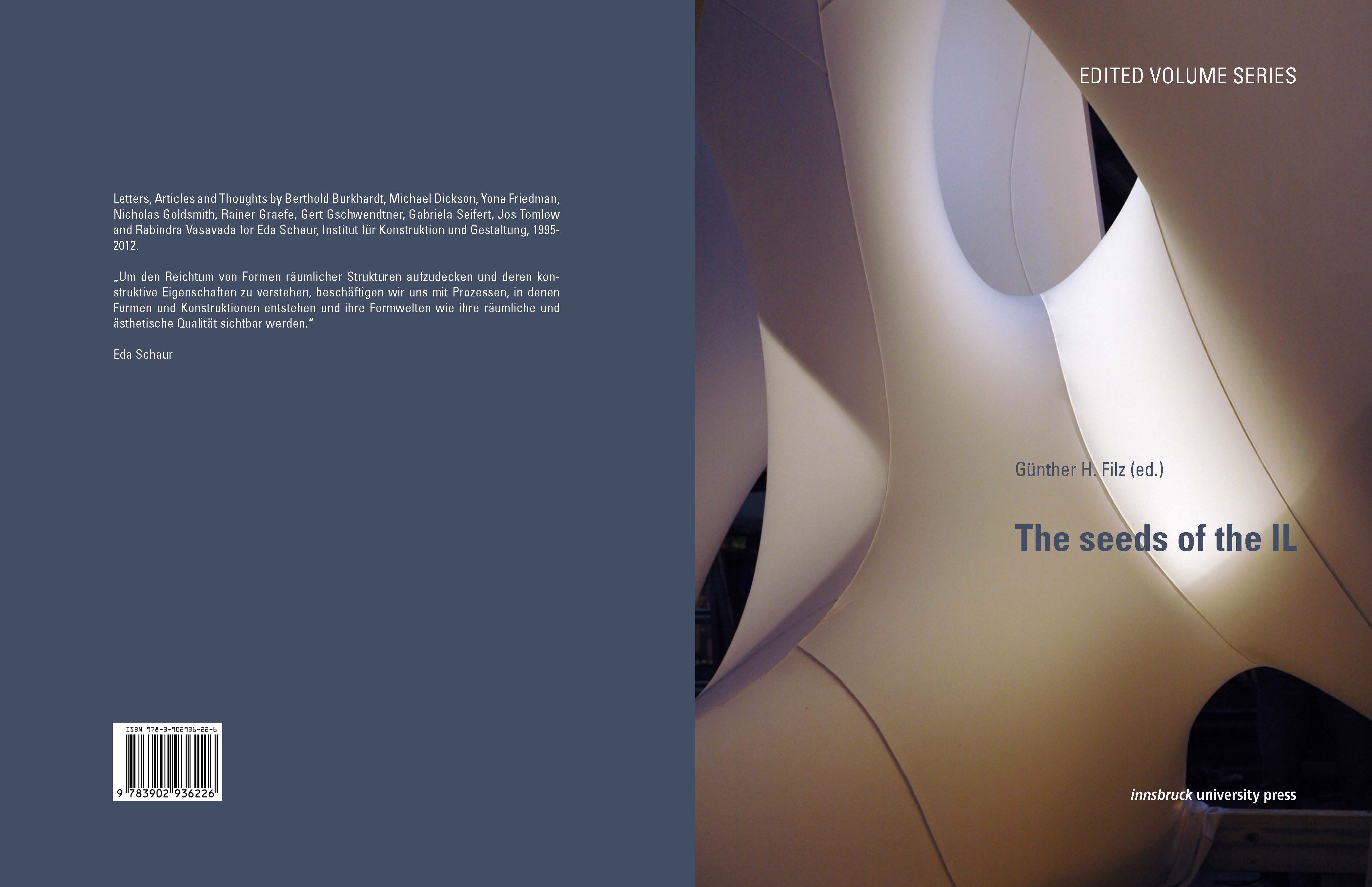„Are you hunting or are you fishing for Form? “ is our research question behind the Symposium Form-Rule|Rule-Form 2015. Simultaneously and instead of ex-cathedra teaching in terms of presenting facts and data this is the question that Students of Architecture are facing in their first lecture on Structure and Design at the Institute of Design, unit koge. Structure and Design.
This question can be seen as an actuator that investigates the meaning, position, role, significance and consequence of “form” as well as the role and adopted attitude of the designer, because “Architecture is about people”, which also was the title of Norman Foster`s exhibition in Cologne in 2001. Architecture always reflects the culture of people and as architects our attitude and in this context our forms are main part of this culture.
Everything is or has form – in our natural and built environment form is omnipresent. Frei Otto states: “The macro and microcosm consist of countless material objects. Every material object without exception has a form.”
The term “form” is used in many and sometimes very different ways and meanings. It is used for material objects as well as for static and dynamic phenomena such as geometry, structure, light, music, literature, swarm-behaviour, clouds, fog, … And to add another question: Form equals geometry, structure, light, music, literature…?
In nature shape/geometry and structure always form a unity – maybe these two seemingly separated aspects form form. In his lecture at IASS2014 in Brasilia Bill Baker, SOM, argued: “Geometry is the key component of the aesthetics of a building and of its structural performance.” and added: “Your building will have only one geometry. So, better chose the right one.”
In general, form of a material object can be given or it can be found by architects, designers, engineers, artists. „Are you hunting or are you fishing for Form? “ This metaphorical question provokes fishing as a figure to a disorientated movement for form. But the question behind is rather the methodological adjustment of our research to attain the adequate or appropriate form. Therefore “Fishing for Form” is understood as a certain attitude which implies an active and a passive momentum in contrast to hunting. One come to pass – as active; based on knowledge about principles, rules and their appliance one is able to create a potential situation which enables an emergence of forms. And as passive; by observing and selecting the unknown towards moving forms. In that sense “Fishing for Form” causes a fundamental change in the attitude of and in a form finding process. It observes, feeds and knows how to change or influence conditions and relations. And to quote Richard Horden, Relation itself happens in the “inbetween”. Maybe it is the real essence of “form finding.”
Günther H. Filz, Christian Scheiber, Walter Klasz
November, 2014



